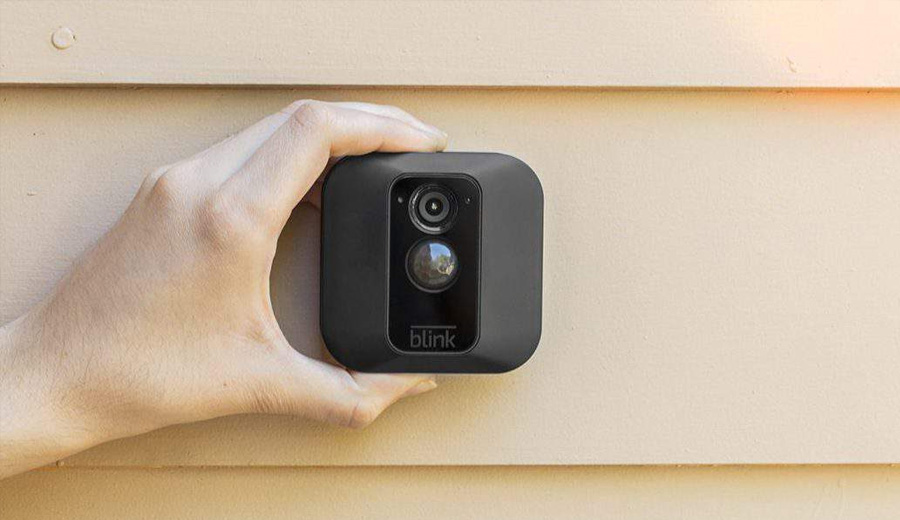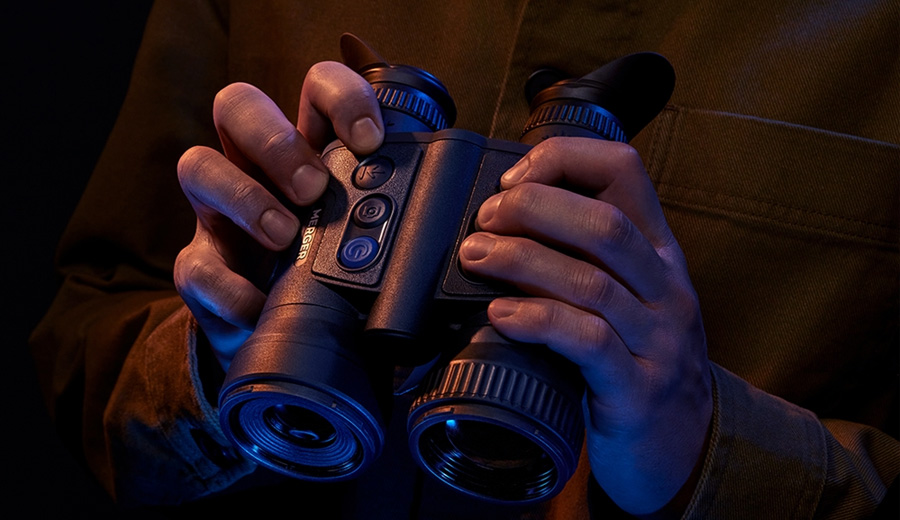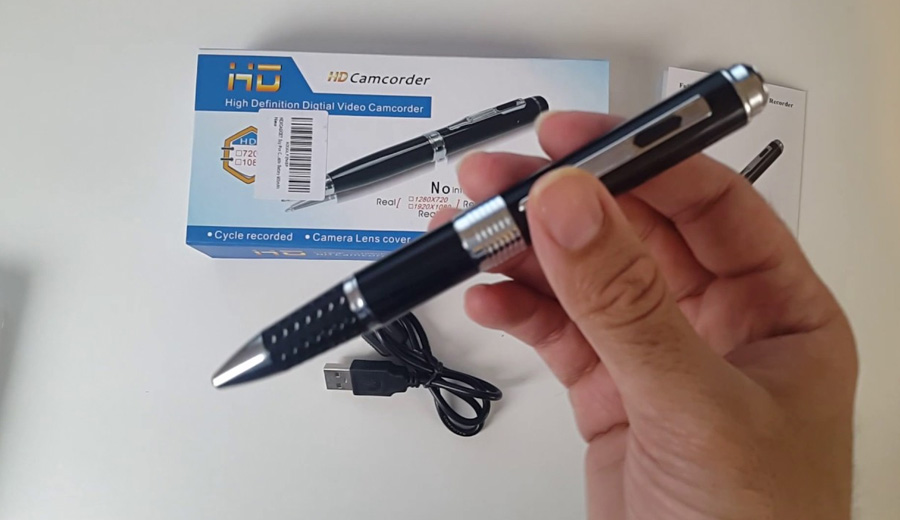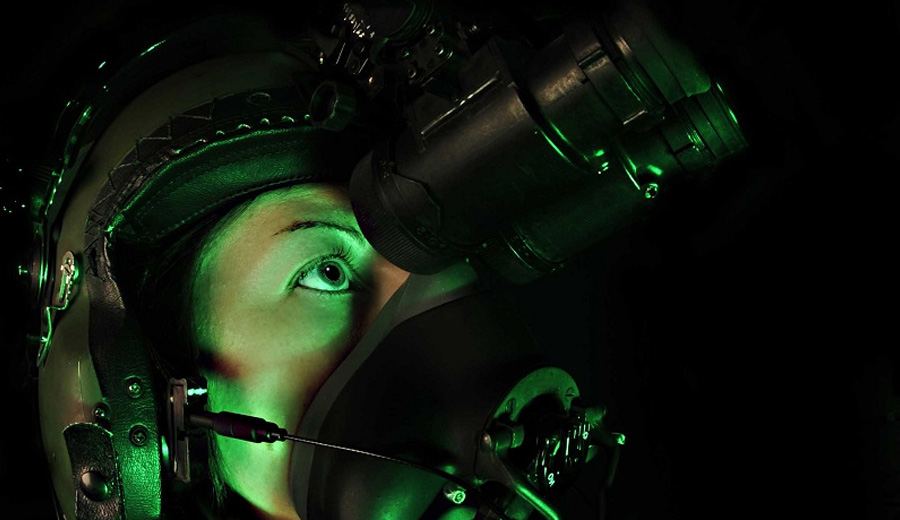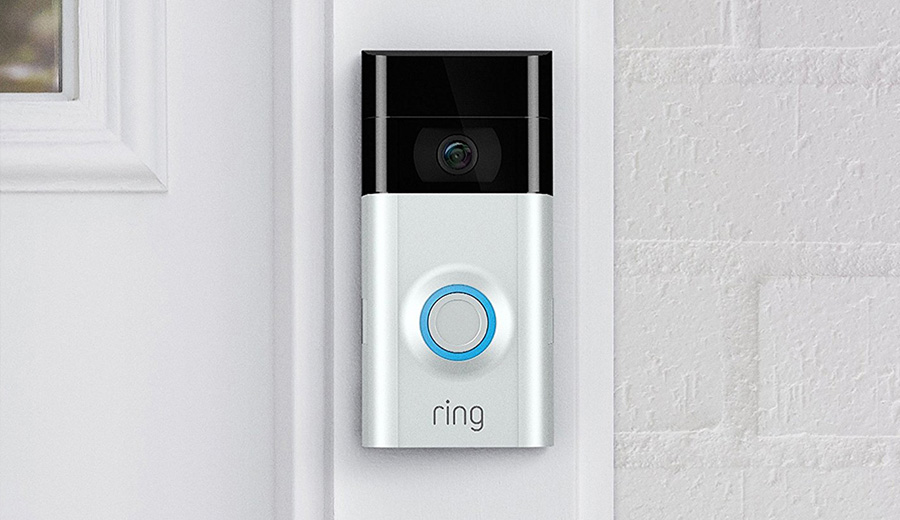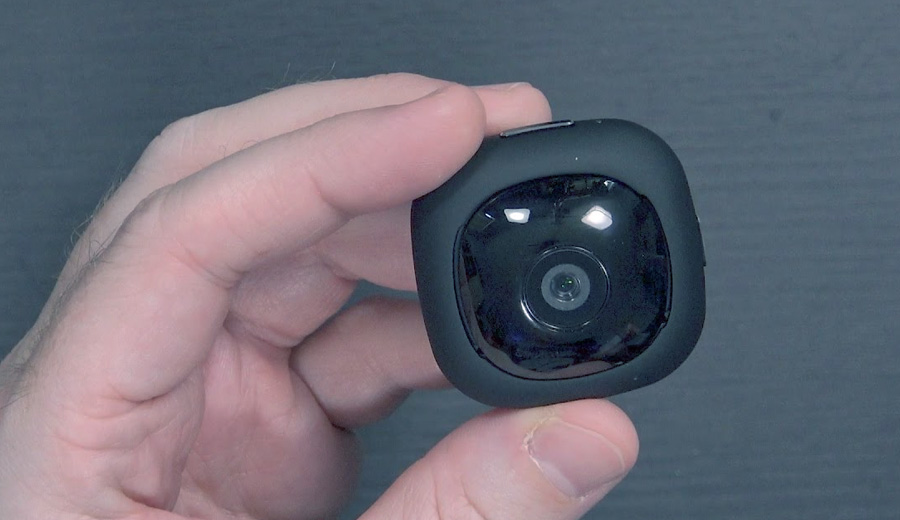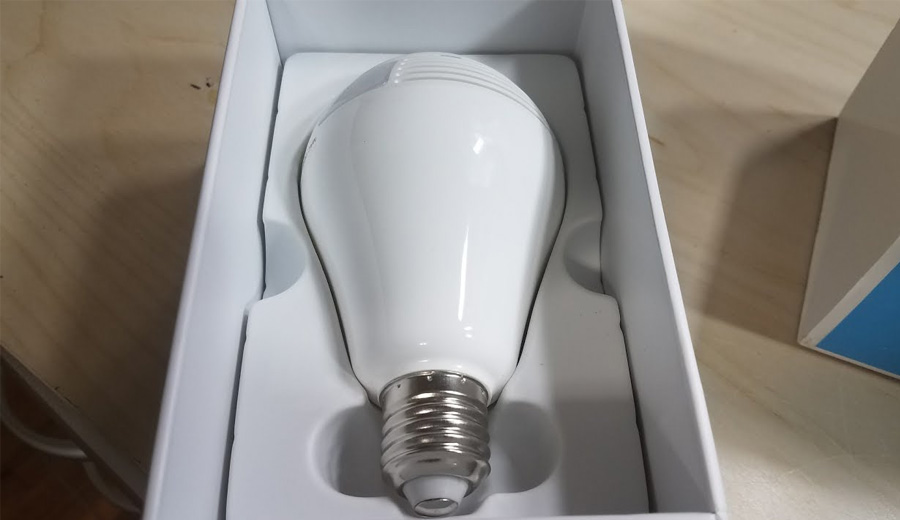How Do Wireless Security Cameras Work?
Security cameras have fundamentally changed the way we monitor and protect our homes and businesses. These high-tech gadgets rely on the newest technology and deliver a smooth, convenient monitoring option for homes and businesses as well.
These cameras work by using radio waves to send information between the camera and a receiver, or a central monitoring station. First, the video is captured by the camera and then converted into a digital signal. The digital data is then encoded and transmitted over the air as radio waves to a receiver or some designated hub.
The magic ingredient behind this wireless communication is the Wi-Fi technical standard. The current generation of wireless security cameras already have built-in wi-fi modules to communicate with a nearby networks.
Using a dedicated app or web portal, users can monitor camera-feed in real time from anywhere where internet connection is available.
Advanced encryption is used on wireless security cameras to protect data safety. This protects the transmitted footage from illegal intrusion, maintaining secrecy of sensitive information.
On top of that, many wireless security cameras have motion detection and smart sensor functions. These allow the camera to begin recording or send an alert back to the user when movement in activity is detected. It helps enhance system efficiency.
How Do They Connect to a Network?
As mentioned, the technology used to link these devices is Wi-Fi, which provides a very convenient and flexible means of communication. Here’s a breakdown of the connection process:
- Wi-Fi Module: Wireless security cameras are already equipped with a built-in Wi-Fi module. The camera can hook onto a local Wi-Fi network the same way other Wi-Fi devices like smartphones and laptops do.
- Configuration: When they first set the camera up, users configure it to connect to their Wi-Fi network. This usually means looking up the camera’s settings via a web interface or special mobile app. To establish a secure connection, users enter the network’s SSID (Service Set Identifier) and the corresponding password.
- Authentication and Encryption: After obtaining the network credentials, the camera goes through an authentication process with the Wi-Fi router. In this way, only qualified devices can connect to the network. Moreover, contemporary wireless security cameras make use of encryption protocols like WPA (Wi-Fi Protected Access) to encrypt the communication channel and prevent data transmitted on it from being accessed by unauthorized parties.
- Dynamic Host Configuration Protocol (DHCP): Cameras often use DHCP to get an IP address from the Wi-Fi router automatically. Because the camera is not assigned an IP address manually, network configuration becomes simpler.
- Connection to Network: After being configured and authenticated, the wireless security camera connects to the Wi-Fi network. Then the camera can talk to other devices on the same network, such as laptops, routers and smartphones.
- Remote Access: The camera when attached to the network, users may then remotely view the camera feed with a dedicated mobile app or web portal. This means that you can monitor the feed and control in real-time cameras from anywhere by having an internet connection.
Because wireless security cameras take advantage of Wi-Fi connectivity, users can easily install and move the cameras anywhere without setting up cables. This ease of connection contributes to the widespread adoption of wireless surveillance systems for both residential and commercial applications.
Difference Between Wired vs Wireless Cameras
Wireless cameras differ from their wired counterparts primarily in the way the video data is transmitted to the receiving unit. They also differ in power supply of course. Here are some of the key distinctions between wired and wireless cameras:
Connection and Installation
Wired Cameras: Requires power supply and data is transmitted over physical cables on these cameras. Typical wired connections include Ethernet cables (PoE), which transmit power and data, or separate cables for power and video.
Wireless Cameras: Because they send data wirelessly, through Wi-Fi or other wireless methods, these cameras don’t need cables at all. But they still need power, which is typically supplied by a battery.
Flexibility and Mobility
Wired Cameras: Installation is much more labor-intensive because of the need to wire the cables. But once installed, they provide a stable and trusty connection.
Wireless Cameras: Because such cameras have no physical cables for data transmission, their installation can be much more flexible, more user friendly. Also, they are easy to install and relocate, ideal for temporary installations or any place where wiring is difficult.
Reliability and Stability
Wired Cameras: Often more stable and reliable, since they are less susceptible to direct interference or signal loss, which is common in wireless camera environments. And they don’t get caught up in the potential congestion of Wi-Fi networks.
Wireless Cameras: May be affected by possible signal interference, depending on the number of electronic devices in certain places or on thick walls. Though modern wireless technologies have made these wireless cams more reliable, there can still sometimes be problems with connection.
Power Supply
Wired Cameras: Typically, they draw their power through the same cables as those used for data transmission (PoE) or have a separate power cable.
Wireless Cameras: Power, which can come from a power outlet or battery along the line as well as from solar panels. Even though they send data wirelessly, most of the time they still need a wired power connection.
Cost
Wired Cameras: Because of this, installation may be more costly owing to the need for professional wiring. But if you do it yourself, it may be cheaper as there’s no wi-fi modules necessary.
Wireless Cameras: When it comes to installation, it’s a more cost-effective solution. You usually don’t need to mess with drilling or wiring. These are easy to setup. Cameras themselves may be slightly more expensive, again depending on the models chosen.
So, choosing between wired and wireless security cameras really depends on the needs of a user, preferences and characteristics you’re seeking for your home or business protection. Wired camera systems are usually chosen for their reliability due to less interference from wifi signals. Wireless cameras provide more flexibility and convenience.
Do I Need One Wireless Camera or Wireless Camera System?
Your security needs and the area you wish to monitor will determine whether you need a single wireless camera or a wireless camera system. Here are some factors to consider:
- Size of the Area: A single wireless camera may be enough to monitor the main entry points or any particular areas of interest in a small apartment. If the property is large or has more than one entry point, a wireless camera system with several network cameras may be better suited to cover all angles.
- Coverage Needs: Think about the locations you wish to observe and the level of detail needed. If you need to monitor several rooms or outdoor areas, a multi-camera system will usually give better overall coverage.
- Security Concerns: Isolate particularly serious or at-risk areas that deserve special attention. For instance, if you are worried about the front door and backyard, one or two well-situated cameras there may be enough.
- Budget: Obviously, that’s the main difference. Whether to choose a single wireless camera or a system will depend in part on your budget. A single camera is cheaper. However, sometimes you can stumble upon great 4-camera or 8-camera system deals that could be hard to resists and eventually worth the extra cost.
- Remote Monitoring Needs: Do you need to be able to monitor your property remotely? If you need to cover different locations or want to check on them all at once, then a wireless camera system with remote access features would be more suitable.
- Integration with Other Devices: Also see whether your surveillance system is compatible with other smart home devices or security systems (if you plan to integrate it into them). Some systems are engineered to fit and work together, to form a more complete security environment.
- Expansion Later On: Consider your future needs. You may be ok with 1 camera for now, but you probably will want to cover more areas and expand later on. Look for wireless security camera systems that allow you to add additional cameras as the need arises.
All in all, the choice between one camera setup vs multi-camera system is quite obvious. The only reason you’d want to settle for 1 camera, is if you lack the budget to go for more robust option.
In almost every other case, more cameras means more eyes watching over your property. And that’s never a bad thing.
What to Look for in a Wireless Security Camera?
So, you’ve decided to go for a wireless security camera? Now, the main question emerges, what should you look for when selecting a wireless system or wireless camera?
To simplify the process, here’s a quick overview of the most important aspects to consider when browsing different products on the market:
- Resolution – The higher the resolution, the clearer the picture most of the time. You’re looking for 1080p minimum these days. Ideally, 4K or even higher camera resolutions are preferrable.
- Field-of-View – It determines how wide the camera lens is and how much of the view it can capture on a camera. Wider views are preferrable, however, some could be too wide and offer more distorted view, that’s just unacceptable. Look at pictures of different camera angles to determine what you need.
- Night Vision – Most modern spy cameras or security cameras come with night vision capabilities. LED’s, IR or some other night vision technology should be in every camera you choose, as you most likely will want to surveil your environment at night.
- Motion Detection – If you want to receive alerts any time something is caught on cameras, in real time, then look for motion detection cameras. Again, these days, they’re very common and you shouldn’t consider one without this functionality.
- Two-Way Audio – It’s not a necessity, but something to consider. Sometimes, people want something like a doorbell camera. Well, in such case, you do need some communication option. You may think about spy camera with microphone and speaker for 2-way conversation.
- Wi-Fi Connectivity – A lot of security cameras come with wireless option these days. Everyone wants to comfort to connect to the camera remotely. To be able to view what’s happening in real time or watch recordings remotely. You probably want a camera that supports wi-fi.
- Power Source – Wireless cameras are not equipped with AC adapters. So, you’re looking at battery or solar as power options mainly. Some of the models also allow to recharge the battery via USB cable for example, but mostly it’s going to be battery.
- Weatherproof – If you’re planning on using security cameras outdoors, then pick a model, which offers weather resistance, such as dust particles, rain or snow. You’ll want an IP-rated unit capable of withstanding harsh environments.
- Storage – What are you going to use for storage. Especially when it comes to wireless cameras, your options are usually SD card, sometimes a DVR or cloud recording. All differ in price and convenience they provide.
- Remote Access – See if a wireless camera comes with mobile app and wireless connectivity option. Most of them do these days, but you should consider that. This feature lets you monitor your assets from remote locations using your mobile device, which is very convenient.
- Compatibility – Check if your chosen camera is compatible with smart home system for example. You may already have some smart home devices or plan to get them in future. But planning ahead will help you create a more advanced and hands-free home security and control system.
- Installation – In general, wireless cameras are easy to setup. They come with manufacturer’s instructions that are quite straightforward. Read reviews and see what other users have to say about installation process to give you a better idea what to expect.
- Reputation & Reviews – And that leads us to the last part you should be paying attention to. That’s choosing a reputable brand with good reviews. There are plenty of options on the market nowadays. Selecting the right product may be hard. But other consumer reviews always help in this regard. Browse forums, social media, read reviews on other websites to see if the wireless camera is worth purchasing or not.
By carefully reviewing these key features of a wireless camera unit, you can make a better decision and choose a proper wireless camera that won’t break your bank and you’ll be enjoying for a while.
Wrapping it Up
In any case, the key to choosing wireless security camera is careful consideration of all these factors. Whether you choose a single camera or an 8-camera system depends on how much territory you want to monitor and the level of coverage necessary.
Taking these factors into account: resolution, field of view, night vision capability and motion detection and so on, ensures that the camera functions at its best in all situations.
Secondly, there are practical considerations such as power source, weather resistance for use outdoors and storage of recorded footage in making the final assessment.
Remote operation via an easy-to-use mobile app and compatibility with smart home systems greatly boosts the usability of the camera and its ability to link into your current requirements.
In the end, you must find a balance between your budget and the features you want.
Whether you go for a wired or wireless solution, reliability, stability and ease of installation are the decisive factors.
Looking at brand reputation and customer reviews gives useful indication about the performance and longevity of the chosen wireless camera.
After considering each factor carefully and arriving at an educated decision, you can choose a wireless security camera that answers your current concerns while taking into account future possibilities. Making the right choice means that your surveillance system becomes an important element in protecting your home or business.

